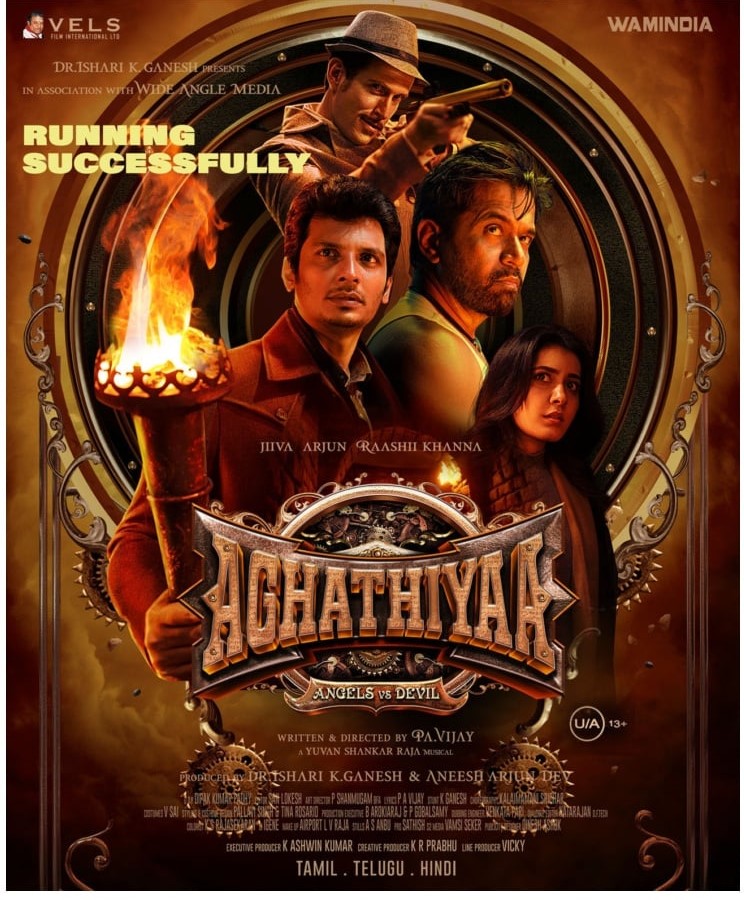CNN Central News & Network–ITDC India Epress/ITDC News Bhopal: As the sun set behind the imposing silhouette of Rashtrapati Bhawan, Narendra Modi took the oath as Prime Minister for the third time.
Modi signaled continuity as he retained top ministers: Rajnath Singh, Amit Shah, Nirmala Sitharaman, S. Jaishankar, Piyush Goyal, Dharmendra Pradhan, Ashwini Vaishnaw, and Jyotiraditya Scindia.
In total, 72 ministers were sworn in, with 30 holding cabinet rank, including those from allies like TDP, JD(U), LJP, JDS, and HAM. Out of these 72, 60 are from the BJP. Modi has kept the balance in favour of BJP, but is likely to adopt a more consensual approach for governance.
Those who took oath included 36 ministers of state and five ministers of state with independent charge.
Dressed in a blue jacket, Modi took the oath for a historic third time, becoming only the second PM after Jawaharlal Nehru to do so, on a muggy day in the forecourt of Rashtrapati Bhawan. The oath was administered by President Draupadi Murmu.
Visitors included heads of state from neighboring countries—Bangladesh, Nepal, Mauritius, Maldives, and Bhutan—who witnessed the ceremony lasting over two and a half hours. Also spotted in the audience were Shahrukh Khan, Akshay Kumar, industrialist Mukesh Ambani, and a host of religious leaders.
Modi has kept social and caste considerations in mind, with 27 OBCs, 10 SC, five ST, and five representing minority communities. Modi rewarded those MPs who have been elected for three terms.
As many as 43 ministers have served three terms or higher in parliament while 39 have served as union ministers before.
Among the notable new inclusions was BJP chief J.P. Nadda, sworn in as a cabinet minister, signaling a change in the party organization. He was the fifth to be sworn in, thus deciding the pecking order in the new cabinet.







